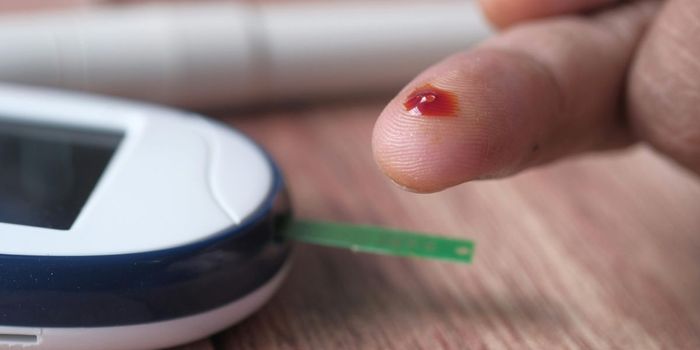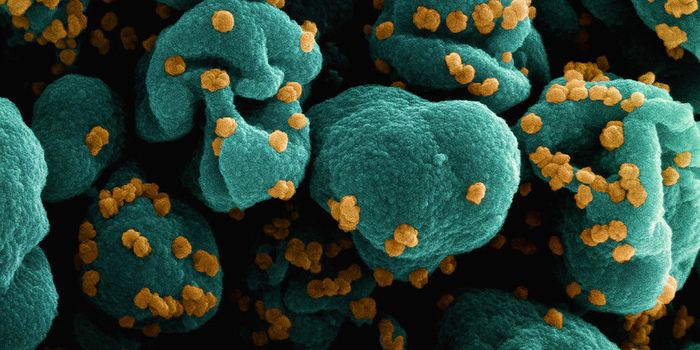New Method Precisely Diagnoses Any Viral Infection, Known or Unknown
When a person presents with the symptoms of a viral infection, a diagnosis may not be so straightforward unless they are infected with a known pathogen. Most rapid diagnostic assays look for specific things, like the SARS-CoV-2 virus, for example. But while these targeted tests can be quick and easy to complete, they usually don't provide any information about mysterious viruses. Another tool called next-generation sequencing can provide this type of information, by sequencing a lot of DNA to identify all the potential microbes in a sample. This approach usually is not very sensitive, however.
Researchers have now aimed to solve this problem with a new tool called VirCapSeq-VERT. This new next-gen sequencing (NGS) approach can identify any virus that may infect people, whether the virus is known or unknown. It can also do so faster than any other NGS method. A validation study has now been reported in the Journal of Clinical Microbiology.
VirCapSeq has already been used around the world to get more information about diseases in people, domestic animals, and wildlife. VirCapSeq was approved in New York in 2022 for the detection of DNA and RNA viruses in plasma samples, and in 2023, it was approved for use with nasal swabs to detect respiratory and systemic infections.
The researchers are hopeful that it will soon be used in clinics and hospitals everywhere. This latest study has assessed the consistency and accuracy of VirCapSec at detecting low levels of viruses, including in mixed infections and in real world scenarios.
VirCapSeq-VERT was shown to have a sensitivity of 99 percent and 100 percent clinical specificity. It was also far better at revealing co-infections when compared to the gold standards for diagnosis of the individual infections.
"Our technology is poised to transform precision medicine, giving caregivers the ability to quickly pinpoint the cause of an infection so as to guide treatment," noted Professor W. Ian Lipkin, MD, director of the Center for Infection and Immunity (CII) at Columbia University Mailman School of Public Health. "At the same time, this diagnostic tool will be a boon for public health by providing information on viruses circulating in a community."
Sources: Columbia University, Journal of Clinical Microbiology









